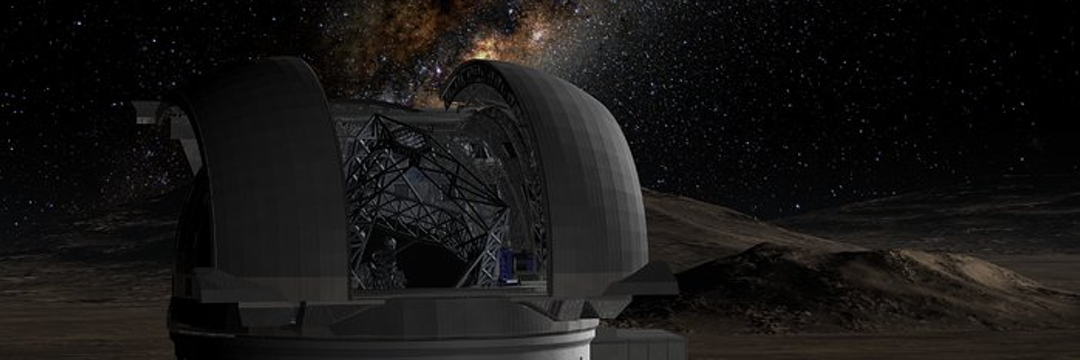
doi.org/10.1038/s41586-025-08775-9
Credibility: 989
#Yellowstone
Scientists have discovered a gas-filled magma layer just a few miles beneath Yellowstone National Park in the United States
This layer acts as a lid that releases gases in a controlled manner, reducing the risk of an eruption.
In addition, the study has provided new ways to study what is happening underground, which could help in other areas, such as energy and security.
What’s Happening in Yellowstone?
Yellowstone is famous for its geysers and bubbling mud pools, but beneath it all lies one of the most closely watched volcanoes in the world.
A recent study, published in the journal Nature, has revealed how this volcano works and why it may not be close to exploding.
Researchers from several American universities, including Rice University and the University of New Mexico, have found a layer of magma just 3.8 kilometers below the surface.
This layer contains molten rock mixed with bubbles of gases, such as water and carbon dioxide, and acts as a lid.
They used a modern technique called seismic imaging, which is like an “ultrasound” of the earth, to see this layer in detail.
How Did They Find Out”
The scientists used a special truck that vibrates the ground to create small waves, like mini-earthquakes.
These waves bounce off the layers of rock and magma beneath the earth and bounce back to the surface, where they are picked up by more than 600 sensors.
In this way, they were able to “see” a clear layer 3.8 km underground, full of gas bubbles and molten rock.
Professor Brandon Schmandt, one of the leaders of the study, explained: “We knew there was magma in Yellowstone, but we didn’t know exactly where the top of this layer was.
Now we see that it has been there for millions of years and is still active, but in a stable way.”

Will the Volcano Explode”
When magma rises, the gases inside it form bubbles, which can cause explosive eruptions.
But at Yellowstone, scientists have discovered that the gas bubbles are being released slowly, as if the volcano were “breathing.” This release occurs through small channels in the rocks, which prevents the pressure from building up too much and causing an eruption.
Schmandt said, “This layer has gases, but not enough to cause an eruption right now.
The system is releasing the gases naturally, which reduces the risk.” It’s as if the volcano has a safety valve that lets the steam out slowly.
Study Challenges
Conducting this research was not easy.
The fieldwork took place during the COVID-19 pandemic, and the scientists were only allowed to use the truck at night, in specific locations in the park, to avoid disturbing visitors and protect the environment.
They also needed help from Yellowstone geophysics experts to organize everything.
Analyzing the data was another challenge.
Yellowstone’s geology is very complicated, and the seismic waves returned full of “noise,” making them difficult to interpret.
But with a lot of patience, researcher Chenglong Duan was able to fine-tune the techniques and reveal what was happening.
Duan explained: “The data was hard to understand at first, but we didn’t give up.
We used new ways of processing the information, and in the end, we were able to see everything clearly.?
Why Is This Important”
This discovery helps monitor the Yellowstone volcano more accurately.
Now scientists know where this magma layer is and can track changes that indicate a future danger, such as rising gases or magma.
In addition, the techniques used in this study could be useful in other areas.
For example, they could be used to find sources of geothermal energy (heat from the earth), store carbon dioxide to combat climate change, or even predict other geological risks.
Schmandt concluded: “Knowing what’s happening underground is important for many things, from energy to security.
This study shows that with creativity and persistence, we can better understand what’s beneath our feet.”
Published in 04/20/2025 11h50
Text adapted by AI (Grok) and translated via Google API in the English version. Images from public image libraries or credits in the caption. Information about DOI, author and institution can be found in the body of the article.
Reference article:
Original study:
| Geoprocessing Drone Systems HPC |

| ERP and CRM Systems Mobile Systems AI |


